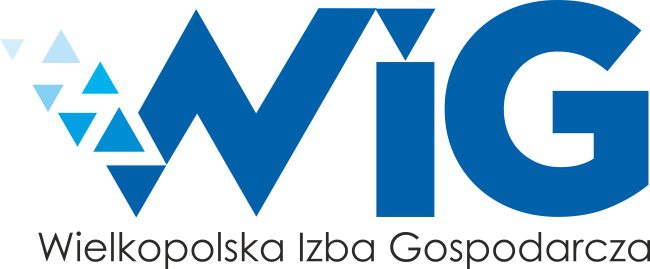Poland’s GDP is already 80% of the EU average
04.04.2024
Eurostat has presented data on Gross Domestic Product per capita at purchasing power parity. Poland’s results are very good – our economy recorded further growth, reaching an unprecedented level of 80% of the EU average. In 2004, when Poland became a member of the European Union, this level was about 51% of the EU average.
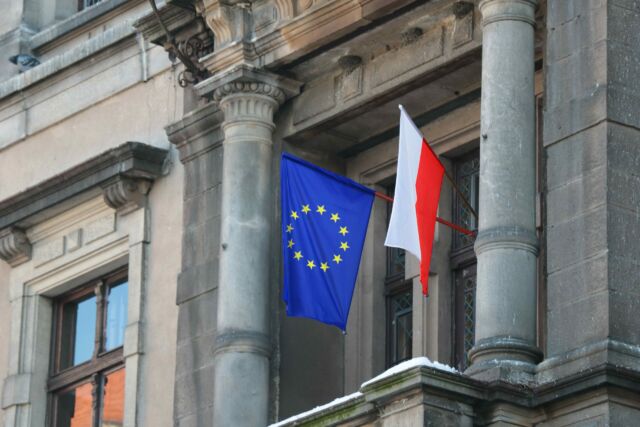
Poland in 5th place
Data published by Eurostat indicate that the measure in question has increased by 7pp in Poland since 2019. This is the 5th highest result among the EU countries analysed. In our region, the Czech Republic (91% of the EU average, down 2pp compared to 2019), Lithuania (87%, up 3pp compared to 2019) and Estonia (81%, down 2pp since 2019) can boast higher scores. Only a small distance separates us from one of the country of the “old fifteen”. It’s Portugal (83% of the average in 2023). We have been ahead of Greece for a long time (67% of the EU average in 2023). In addition to the aforementioned Greece, 6 other EU countries had a rate lower than Poland in 2023. These were: Romania – 78%, Croatia and Hungary – 76%, Slovakia – 73%, Latvia – 71% and Bulgaria – 64%.
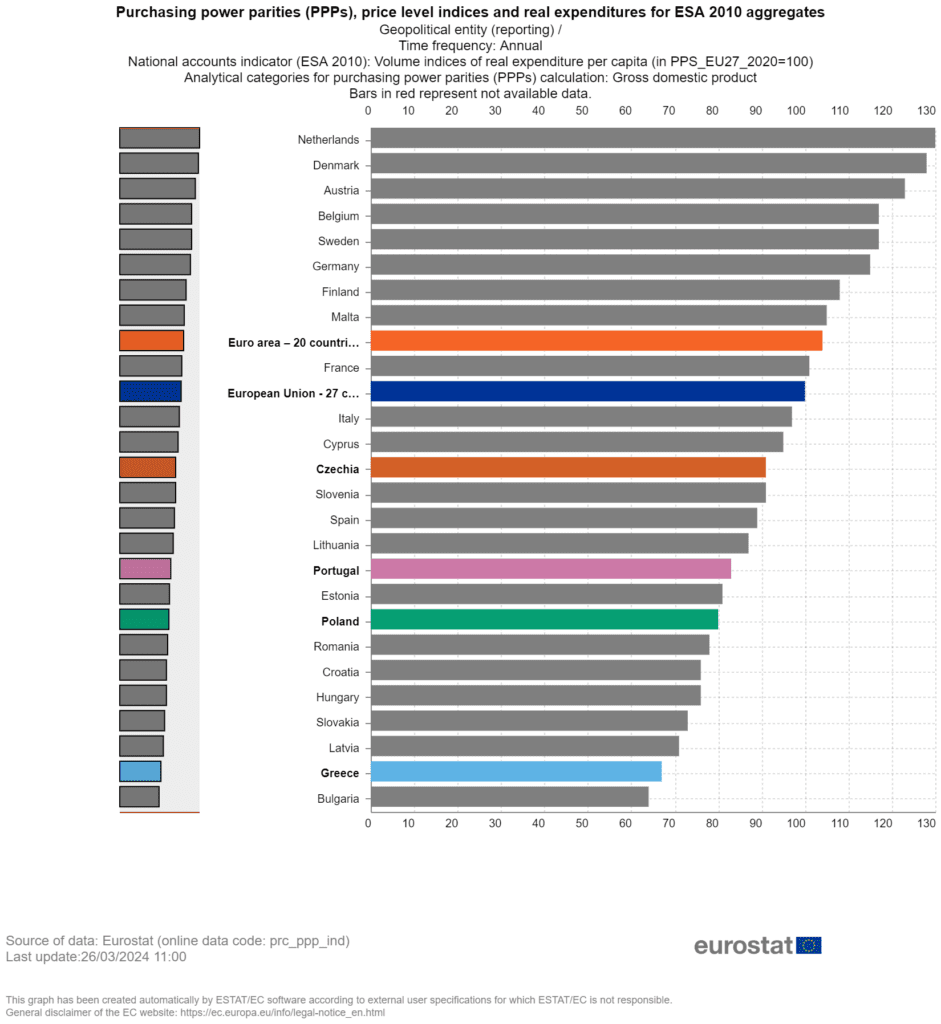
Diputible Leaders
The highest GDP per capita in 2023 was recorded by Luxembourg (261% of the EU average). Ireland came in second place (212% of the EU average). However, the performance of these countries is a separate matter. Their GDP is made up of factors such as the large number of foreigners employed, who are not residents. The second issue is the presence of international companies. A large part of their income returns to their owners based abroad.
The methods used to calculate GDP
GDP per capita is the ratio of the value of the Gross Domestic Product at current prices to the population of a given area.
GDP per capita according to PPP is the value of GDP per capita calculated at Purchasing Power Parity (PPP). It is expressed in the common currency PPS (Purchasing Power Standard) in relation to the average for the European Union set as equal to 100. The calculation takes into account differences in the price level from country to country.
PPS (purchasing power standard) is a contractual currency used by Eurostat to eliminate the impact of differences in price levels between countries. It makes it possible to compare and illustrate differences in the level of economic development.
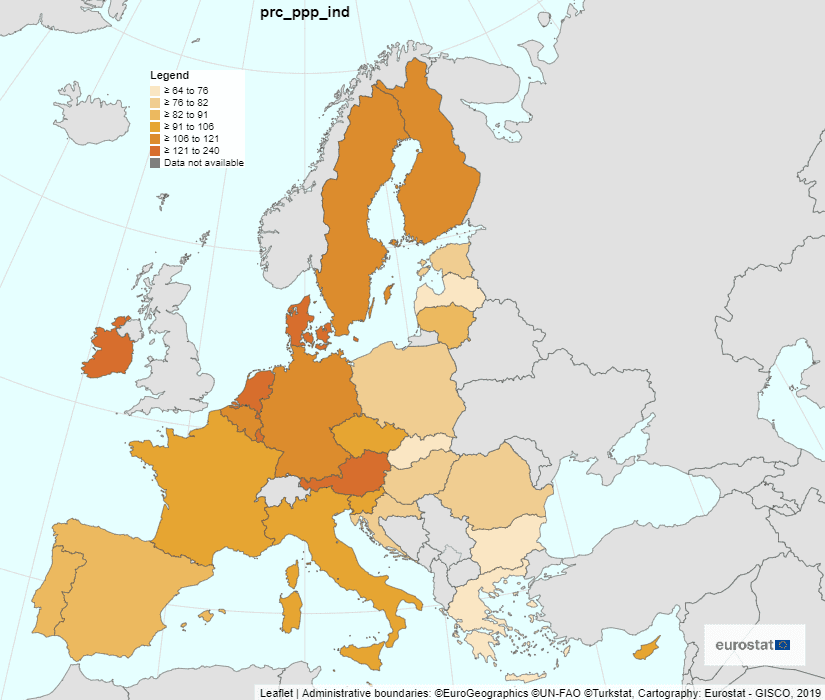
Source: Eurostat, Macroeconomic analyses “Dziennik Ekonomiczny PKO BP, 27.03.2024 r.“
Spis treściTable of contents
- Everything
- News (188)
- Events (116)
- Get Support (80)
-
 Article
ArticleISS Europe in Poland – The Future of the Semiconductor Industry
For the next two years, the ISS Europe will be organized in the Tri-City


Vector Synergy
IT and TelecommunicationShow allShow more Show lessWe are a global leader in cyber defence consulting and technology services, trusted by organizations such as NATO, the EU, and a wide range of industries, from BFSI to utilities and manufacturing. All of our highly skilled experts possess a personal security clearance, allowing them to work on secret and top-secret classified projects.


“POLSKA KORPORACJA RECYKLINGU” SPÓŁKA Z OGRANICZONĄ ODPOWIEDZIALNOŚCIĄ
Transport and courier servicesRenovation and construction materialsBiotechnology and pharmaceuticsYachtsMinerals, metals and fuelsAluminium and articles thereofCopper and articles thereofMinerals, ores and articles thereofIron, steel and articles thereofPrecious metalsOther metals and articles thereofMachinery and parts thereofIndustrial machinery and mechanical appliances and parts thereofMeasuring instruments and apparatus and parts thereofAgricultural machinery and parts thereofOther instruments and apparatusElectromechanical appliances and parts thereofChemicalsVehiclesAutomotive industryCombustion engines, motors and parts thereofLocomotives, rolling stock, special vehicles and parts thereofElectric engines and batteriesAerospace industryTiresVehicle parts (excluding engines)Show allShow more Show lessPolish Recycling Corporation is a leading WEEE processing plant in Poland. It specializes in innovative recycling and recovery technologies (polymers, metals, mineral re-sources). It has EMAS and quality, and environmental management systems. It participates in building a circular economy by introducing innovative products. Its achievements include Re-Absorbent Oil sorbent and automation of plastics regranulation. Strives for zero-waste and zero-emission, contributing to environmental protecti


International Visa Service Sp. z o.o.
Show more Show lessOur service provides assistance with getting electronic visas to more than 50 worldwide destinations. An e-Visa is a great option if you’re looking for a hassle-free way to enter the country of your choice. By choosing an electronic visa, you won’t have to worry about going through the traditional visa application process anymore. Whether you’re looking to travel for leisure, business, or tranist, our electronic visa service can help make your trip successful.
-

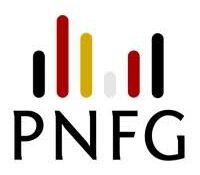 Event
EventThe II Polish-German Economic Forum
The Forum’s purpose is to establish and deepen cooperation between the representatives of German and…

 Event
EventPAIH Business Forum 2024
PAIH Business Forum is an event organized for the SME sector and its partners – representatives of r…
-

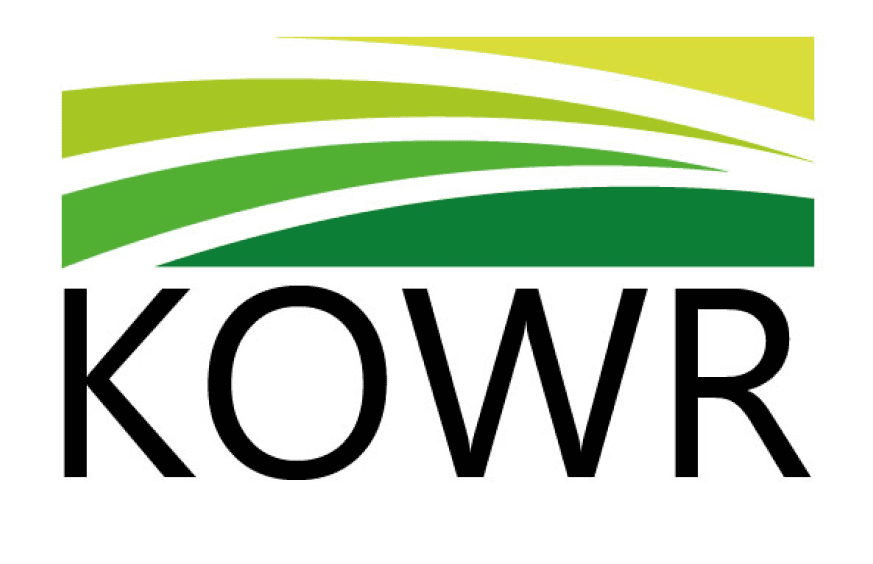 Institution
InstitutionNational Support Centre for Agriculture
The National Centre for Agricultural Support conducts promotional and informational activities aimed…

 Institution
InstitutionPolish-Romanian Bilateral Chamber of Commerce and Industry (PRBCC)
The Polish-Romanian Bilateral Chamber of Commerce and Industry is an independent organization that a…
The Export Promotion Portal uses cookies to make it easier for users to use the website and for statistical purposes. If you do not block these files, you agree to their use and saving in the memory of your computer or other device. Remember that you can change your browser settings to block the storage of cookies. More information can be found in Privacy Policy and Terms and conditions.






